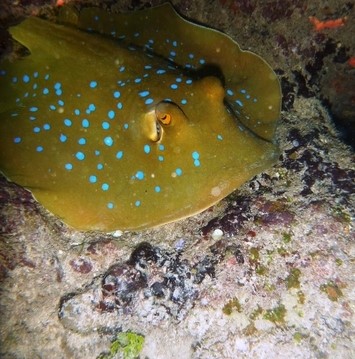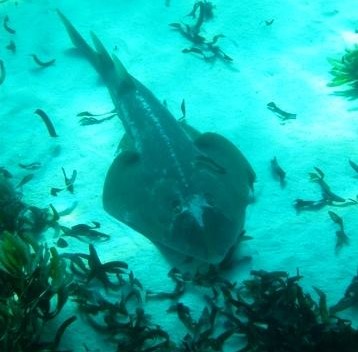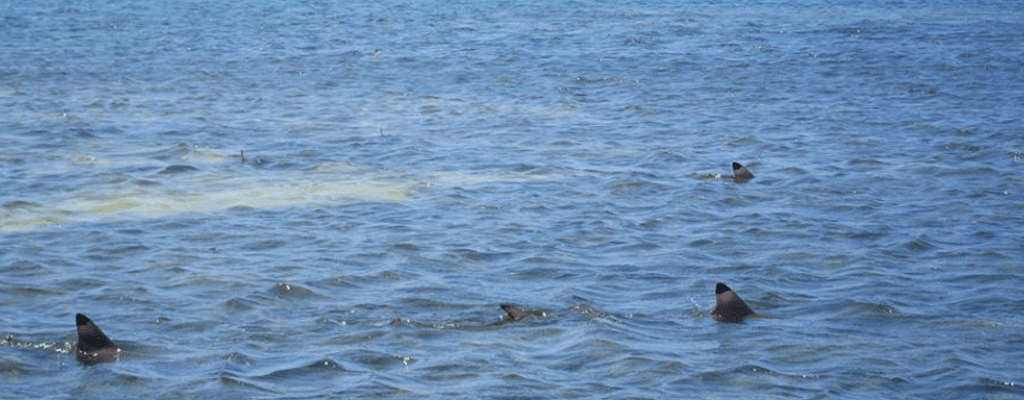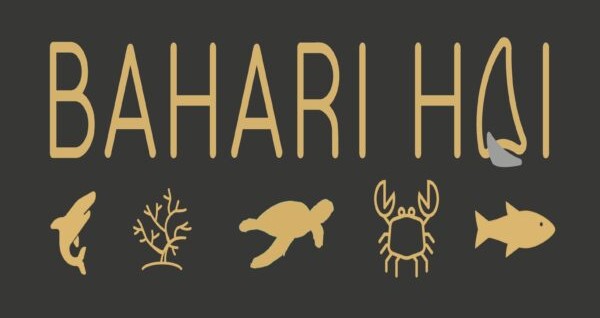Subject: Biodiversity and distribution of sharks and rays Location: Watamu Marine National Park Project Leader: Peter Musila
Elasmobranchs; Kings of the Sea
Not all that is in the sea is fish. Marine wildlife is broad in the number of different species and they come in many colours and forms. Among these are elasmobranchs which are the apex predators of the marine food chain. What are elasmobranchs you may ask? This is a marine wildlife subclass comprising of sharks, rays, skates and sawfishes. They are cartilaginous fish characterised by having five to seven pairs of gill clefts opening individually to the exterior, rigid dorsal fins and small placoid scales on the skin.
Elasmobranchs play a critical role in structuring and maintaining healthy marine ecosystems by exerting top-down control on other species. They do this by altering the spatial habitats of their prey. This indirectly helps in the development of coral habitats and seagrass, making them a key indicator of a healthy ocean. However, as important as they are to the ecosystem, elasmobranchs face a challenge when it comes to growing in number.
Sharks and their relatives include some of the latest maturing and slowest reproducing of all vertebrates. They exhibit the longest gestation periods and some of the highest levels of maternal investment in the animal kingdom. The extreme life histories of these elasmobranchs result in very low population growth rates and weak density-dependent compensation in juvenile survival, rendering them highly susceptible to elevated fishing mortality. Overfishing and habitat degradation have had a major impact on the populations of these marine animals.


Surveys are being carried out in the Watamu Marine Protected Area using several standard techniques including Baited Remote Underwater Video Stations (BRUVS), Underwater Visual Counts (UVC) entailing snorkelling and diving surveys, and Weekly beach Patrols. We are also developing aerial survey techniques using Unmanned Video Stations(UVS)/drones to widen the scope of the study. This survey methods offer unique insights into understanding the abundance, biodiversity and behaviour of sharks and rays species, habitat use and requirements in the context of a Marine protected area.
Engaging fisher communities and schools within the buffer zone of the WMPA is also and integral and important part of the project though our Marine Environmental Education program.




